Obedience in dogs is often a reflection of their temperament, intelligence, instinct, and breeding purpose. While every dog has its unique personality, certain breeds are known for their strong-willed and independent nature. These characteristics can sometimes make them appear less obedient, but understanding the reasons behind their behavior can help owners foster a positive relationship with their furry friends.
Afghan Hound
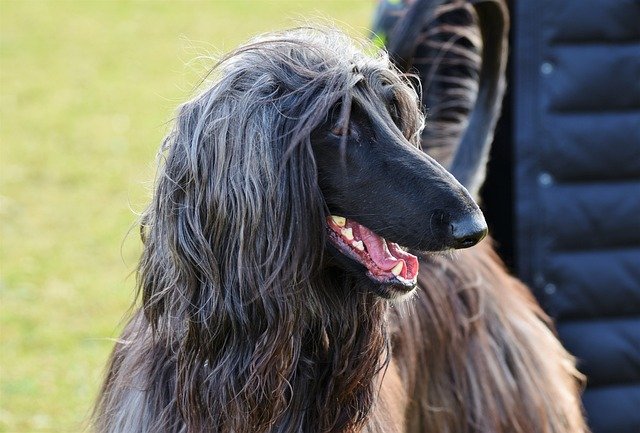
The Afghan Hound is renowned for its elegance and distinctive appearance. Originating from the mountainous regions of Afghanistan, these dogs were bred for their speed and agility, tasked with hunting large prey independently. As a result, Afghan Hounds have strong independent streaks, making them less inclined to follow commands if they see little purpose in them. This breed’s aloofness is often mistaken for disobedience, but it underscores their self-reliant nature.
Basenji

The Basenji, hailing from Central Africa, is known as the “barkless” dog due to its unique vocalizations. Originally bred for hunting, Basenjis possess a high prey drive and an equally strong independent spirit. They are highly intelligent, but training requires patience and creativity, as they easily lose interest in repetitive commands. Owners often describe them as “cat-like” due to their aloofness and independent nature.
Bulldog

Bulldogs are beloved for their affectionate and gentle demeanor, but they are also famous for their stubbornness. Historically bred for bull-baiting, Bulldogs have a tenacious spirit that hasn’t faded with time. This tenacity can often manifest as selective hearing when it comes to obedience training. Consistency and positive reinforcement are key to overcoming a Bulldog’s stubborn nature.
Chow Chow

Chow Chows, with their lion-like mane and scowling expression, are known for their aloof personalities. Stemming from ancient China, these dogs were bred for guarding and herding, requiring minimal direction from their human companions. This historical role has ingrained a strong sense of independence in Chow Chows, making them one of the more challenging breeds when it comes to obedience.
Pekingese
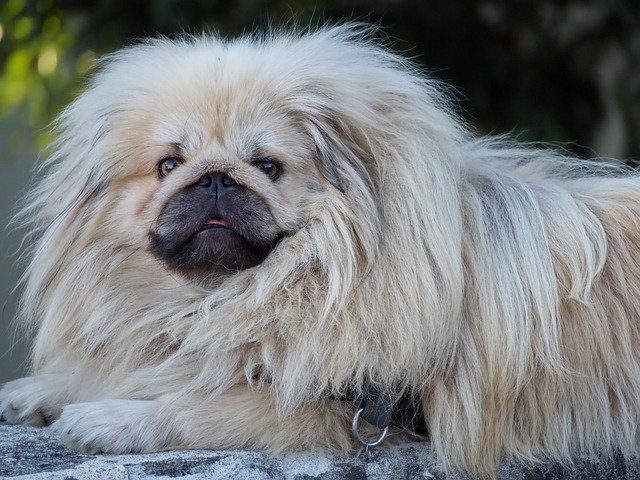
The Pekingese, historically the companions of Chinese royalty, combine a regal demeanor with a willful personality. Their royal past is evident in their self-assured attitude, often leading them to question authority. Training a Pekingese involves understanding their need for respect and using positive engagement techniques to maintain their interest and cooperation.
Dachshund

Originally bred in Germany for hunting badgers, Dachshunds have a determined spirit and a surprisingly bold personality for their small size. Their history as hunters has endowed them with an independent mind, making obedience training a matter of negotiation rather than command. Consistent and engaging methods are essential to capture a Dachshund’s attention and willingness to comply.
Borzoi
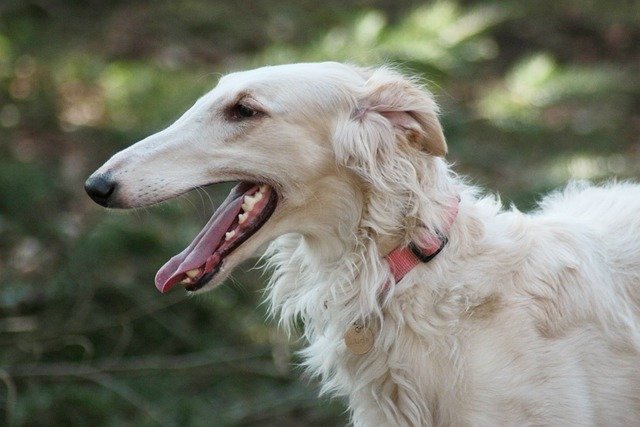
A member of the sight hound family, the Borzoi was bred for speed and agility, primarily hunting game over open terrain. This breed is known for its elegant yet independent nature, often displaying an aloof attitude toward training. While loyal and affectionate, Borzois require a patient owner who can appreciate their unconventional approach to obedience.
Scottish Terrier

Scottish Terriers are small but mighty, with a brave and independent character. Originally bred for hunting and burrowing under harsh Scottish terrains, they are naturally inclined toward self-reliance. Training a Scottish Terrier demands understanding their nature and using encouraging, non-repetitive methods to engage their intelligent minds without suppressing their spirited independence.
Shiba Inu
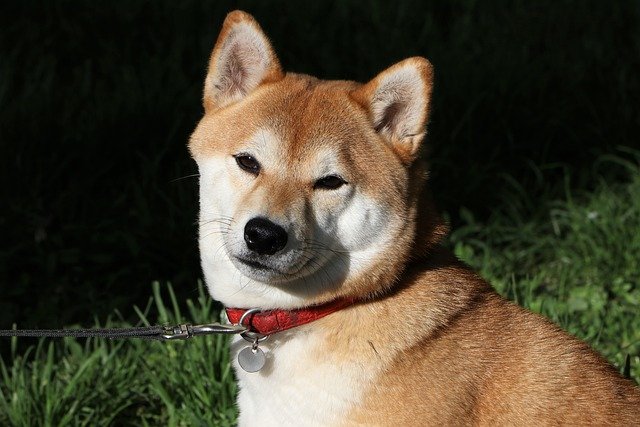
The Shiba Inu, Japan’s spirited national treasure, is famed for its fox-like appearance and bold personality. Shibas are known for their tenacious independence, often preferring to make their own decisions rather than follow directions. Understanding their need for autonomy and channeling their energy in positive ways is crucial for training a Shiba Inu.
Embracing the Unique Characteristics of Independent Breeds
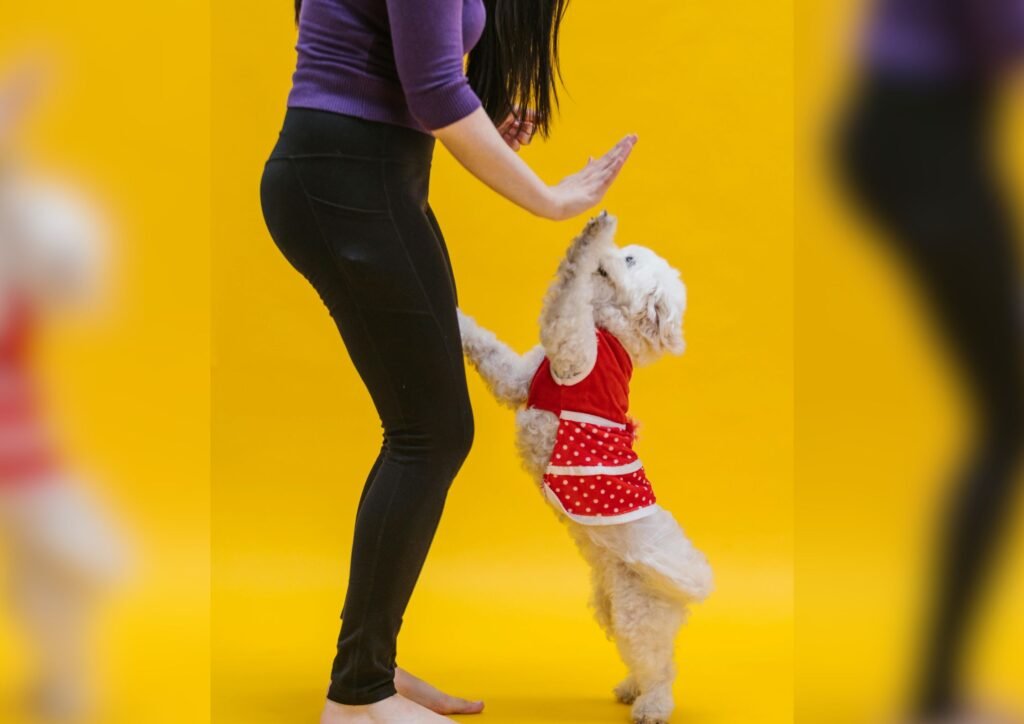
When exploring the world of less obedient dog breeds, it’s important to remember that each dog, regardless of breed, has its own personality and potential. The key to managing and training these independent breeds lies in understanding their unique characteristics and working with them rather than against them. With patience, consistency, and a respect for their historical backgrounds, owners can cultivate a rewarding and mutually respectful bond with these tenacious companions.

Esther is from India; the heartbeat of South Asia, holding a Master’s degree in Zoology and a postgraduate diploma in Animal Welfare. Her enthusiasm for animal welfare drives her passion and dedication to working for animals, ensuring their well-being, and advocating for their rights. With a solid academic background and hands-on experience, she is committed to making a positive impact in the field of animal welfare. In her free time, she enjoys embroidery and sewing. As a Chennaite from Tamil Nadu, Esther loves Bharathanatyam, an Indian classical dance form.





